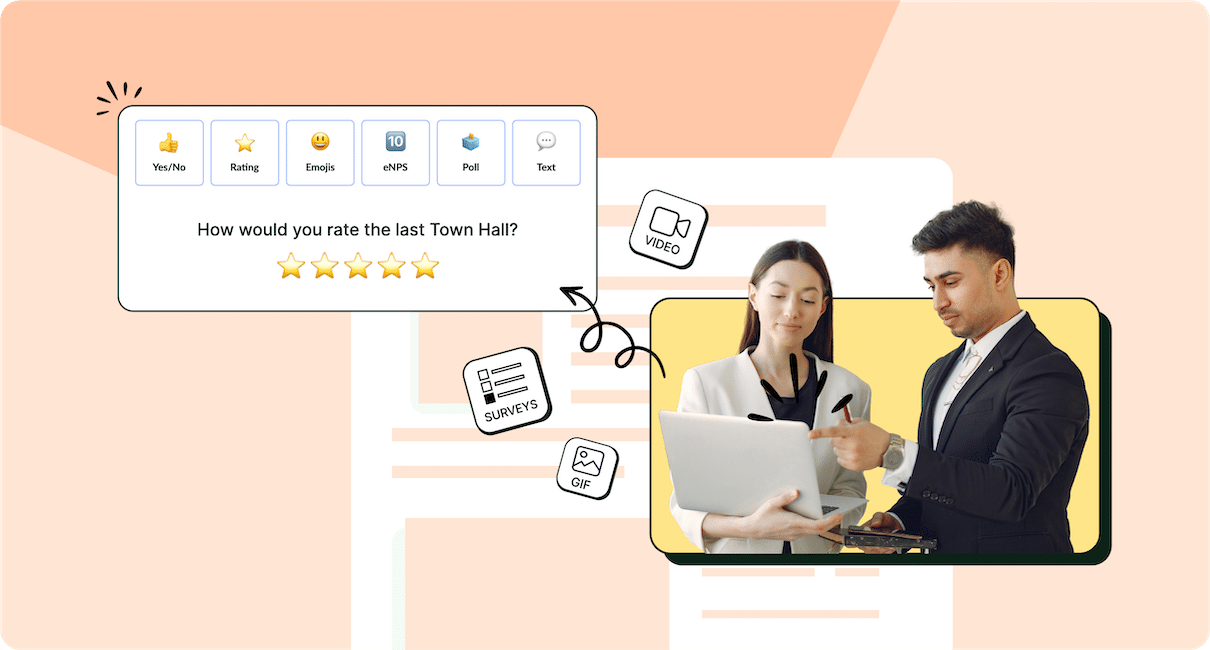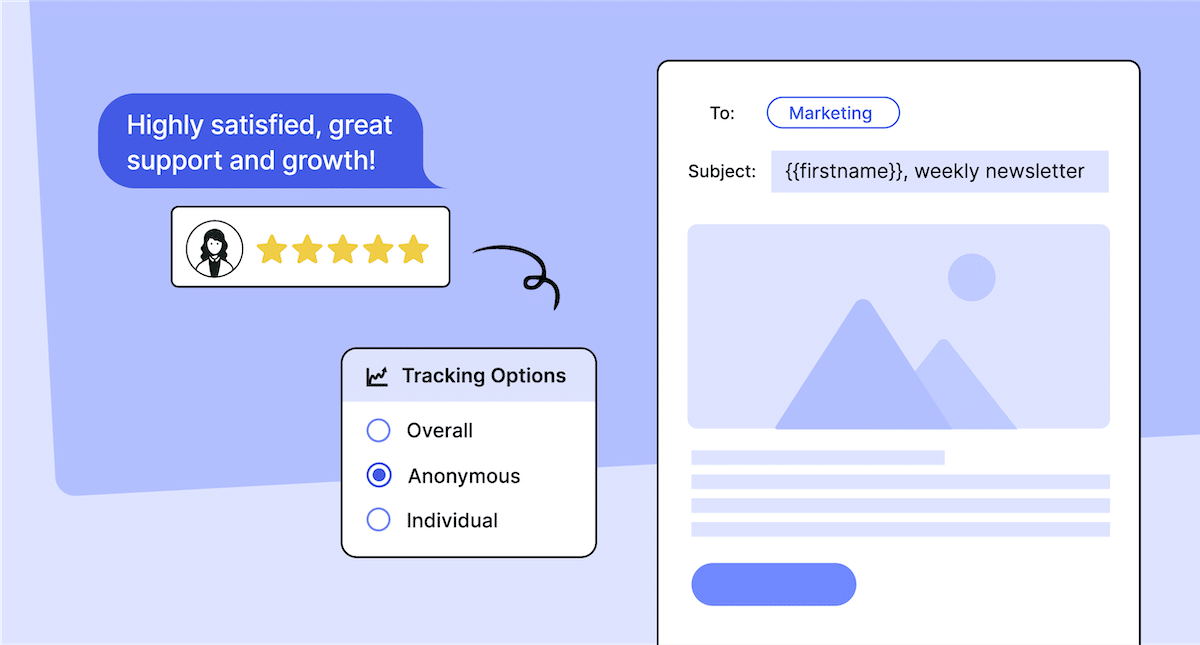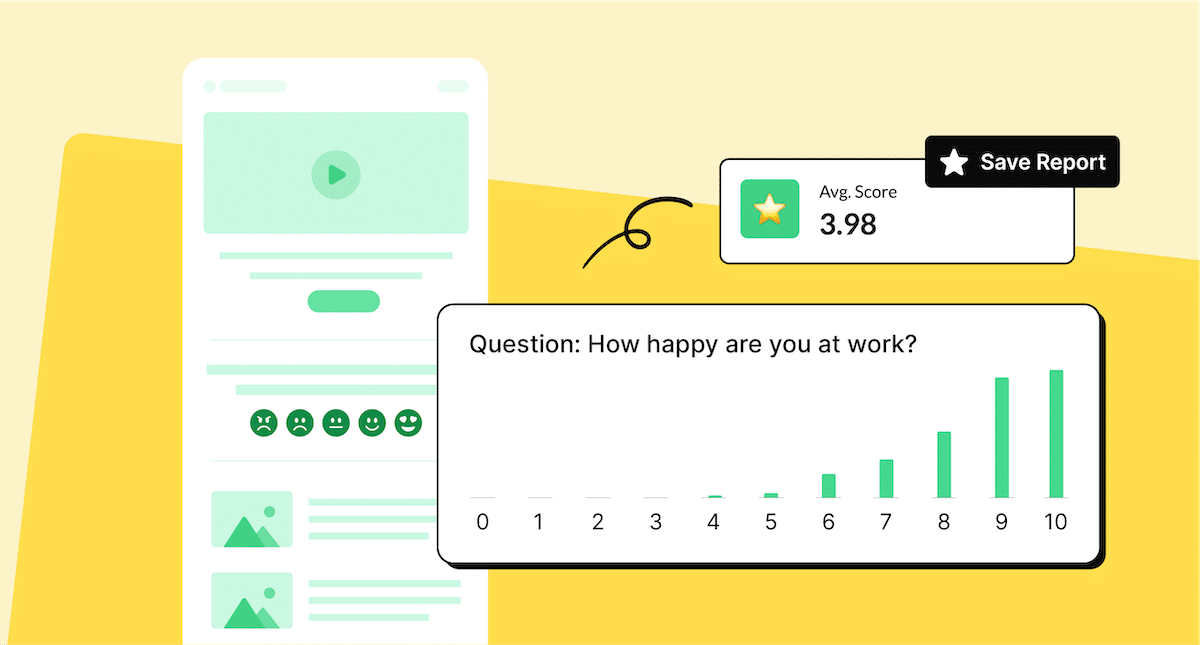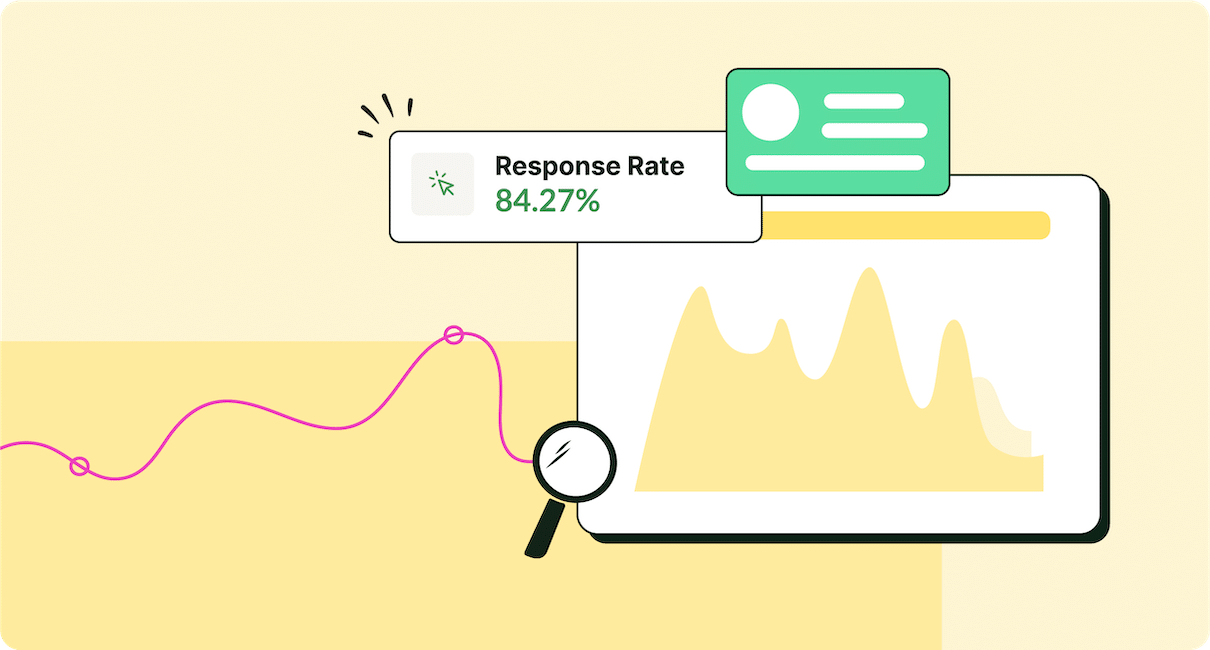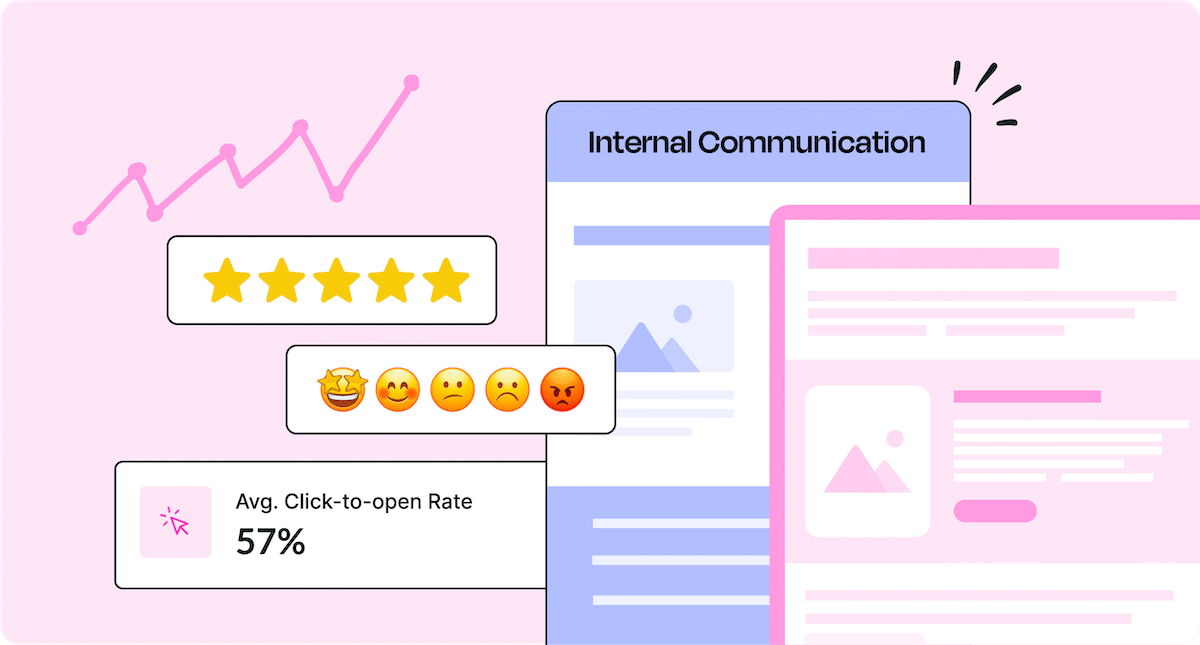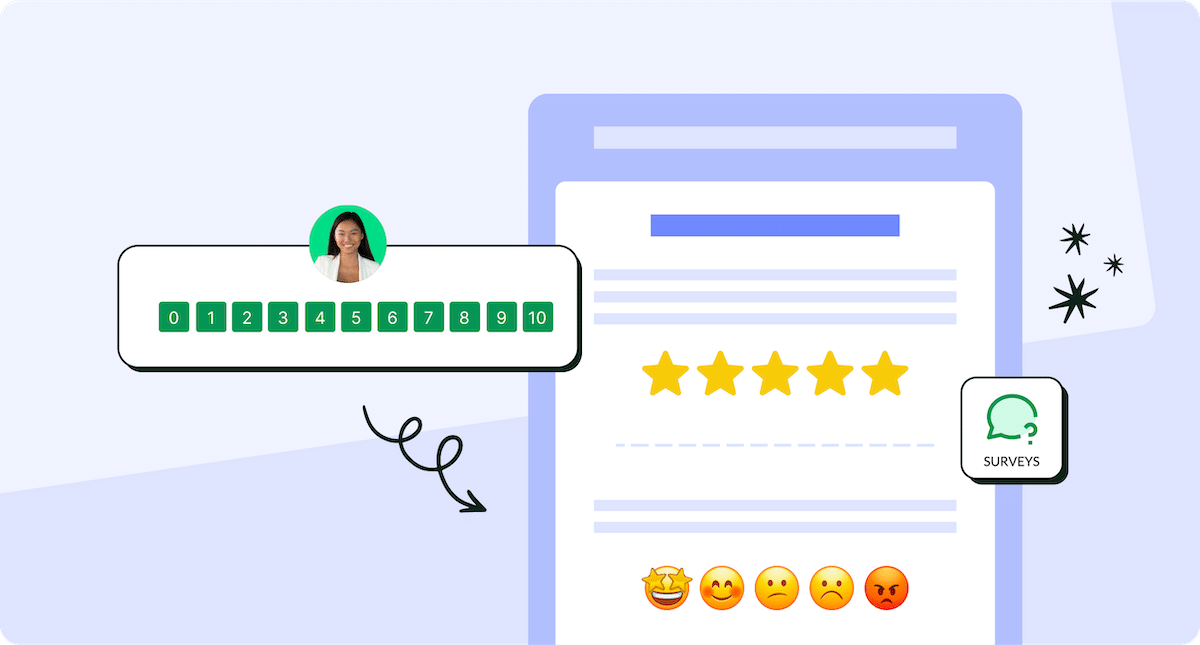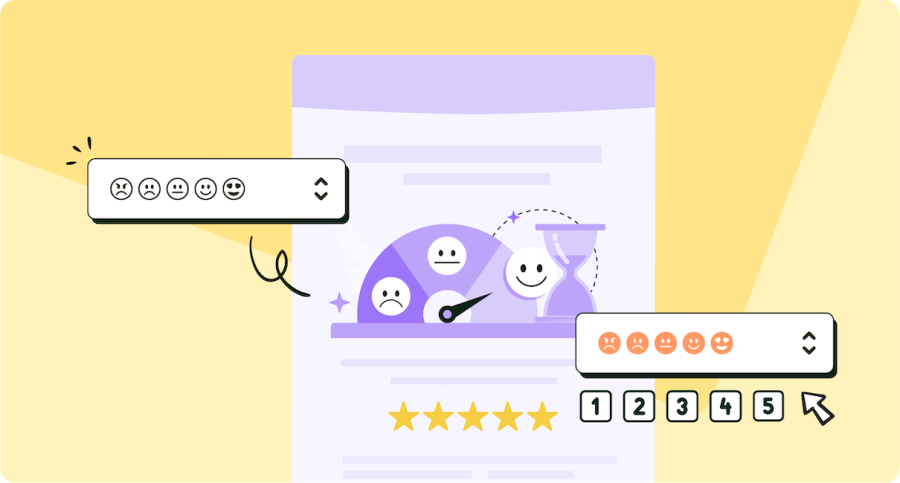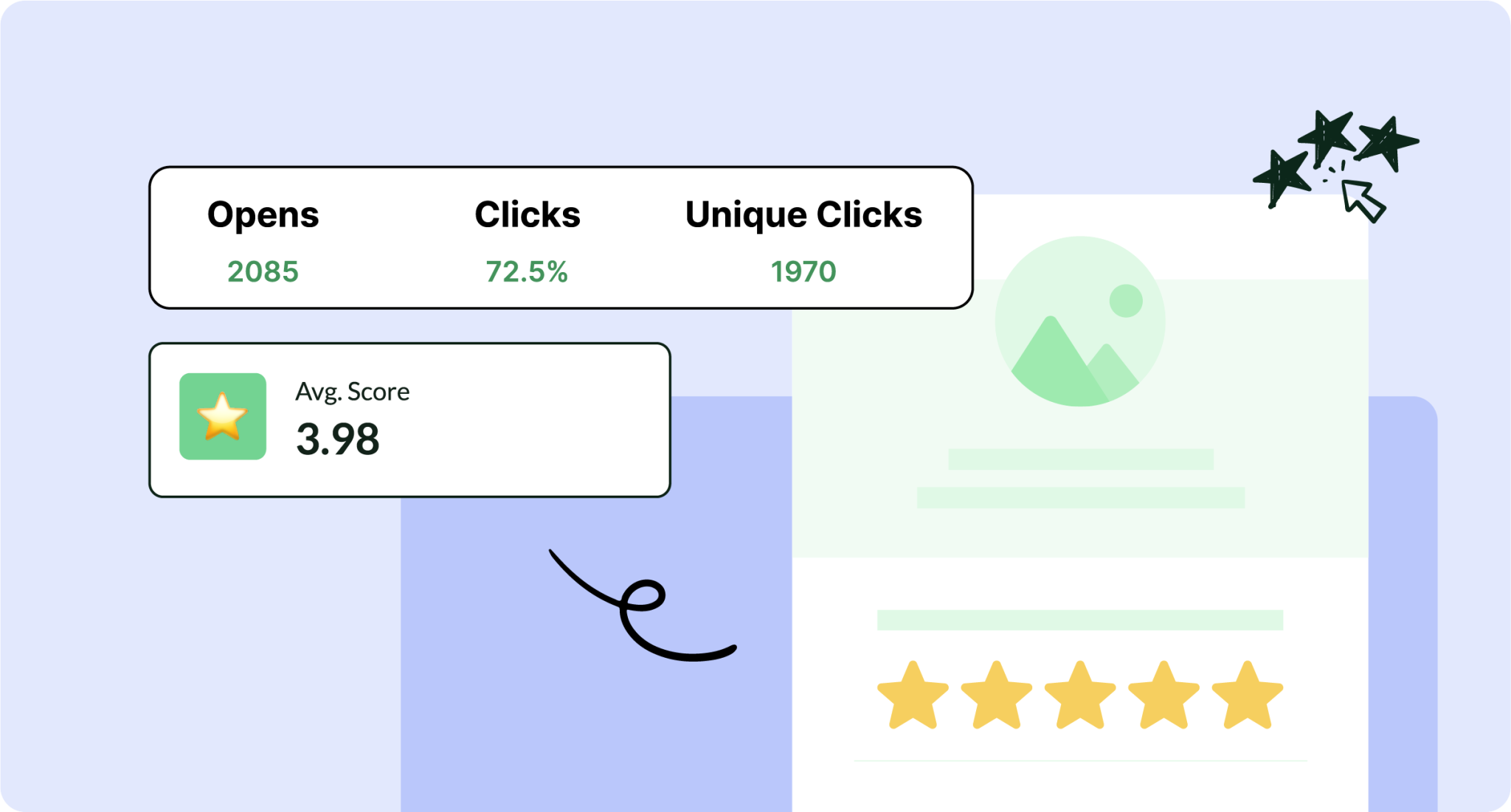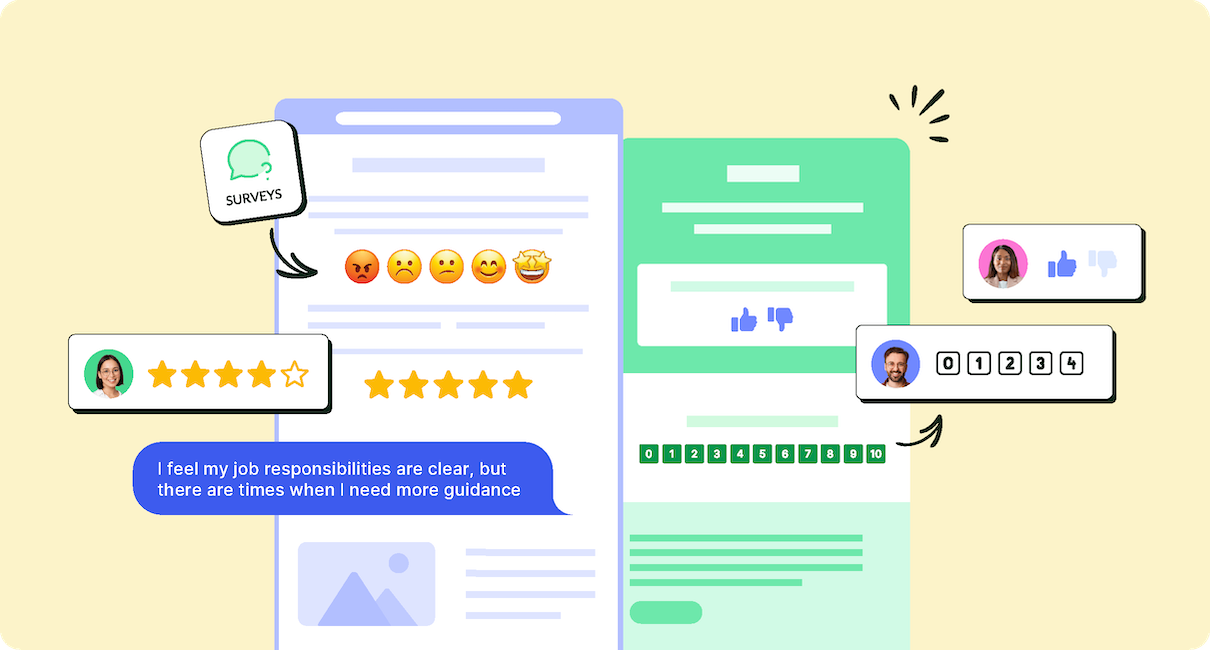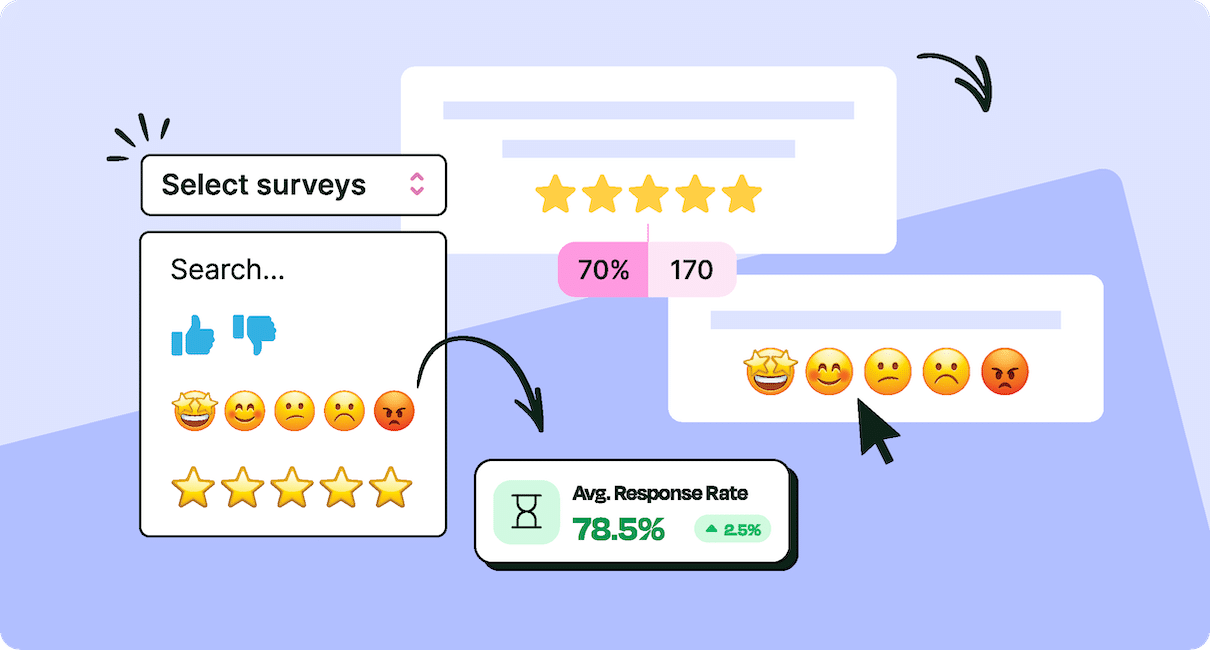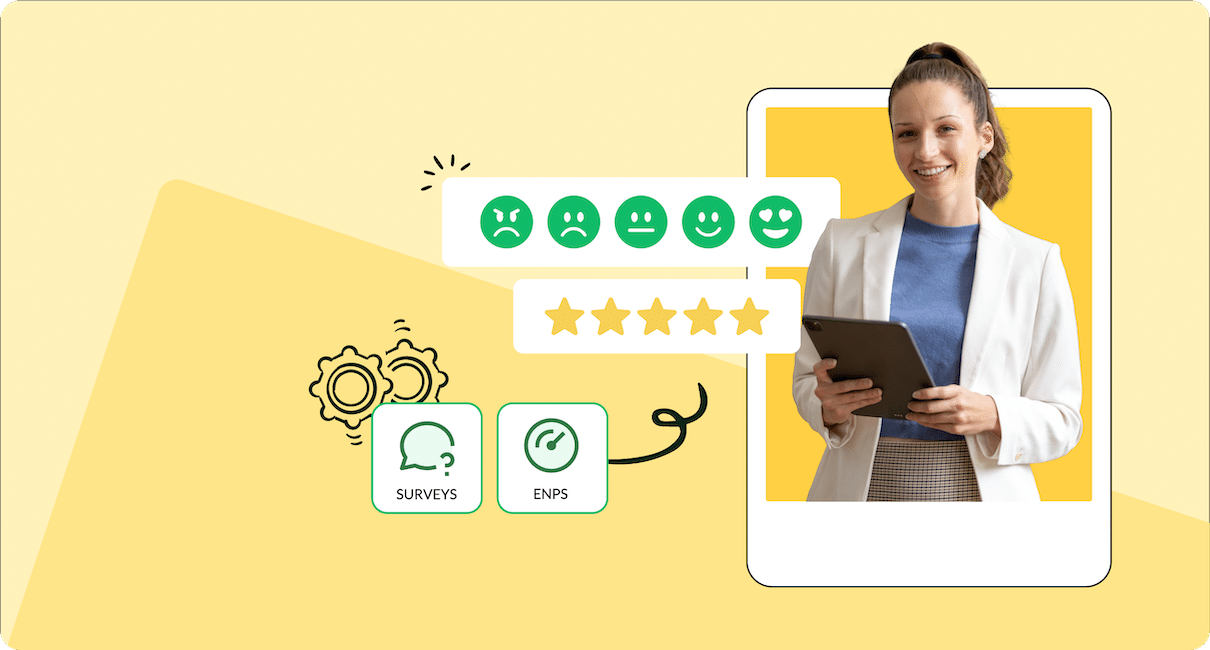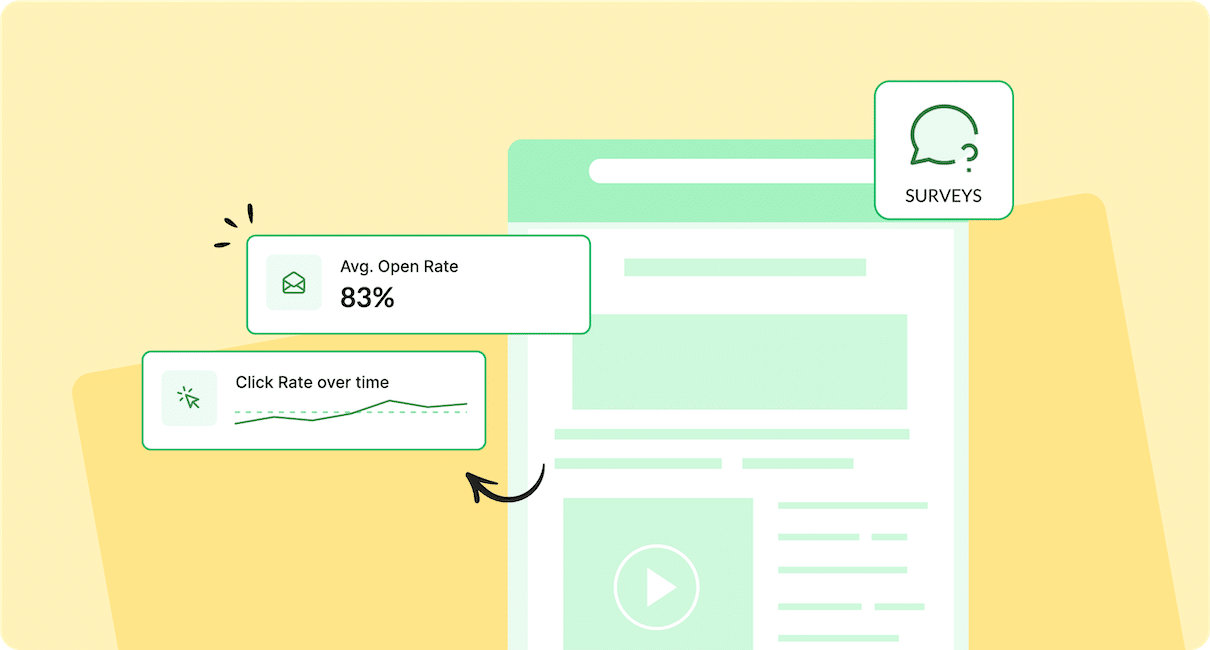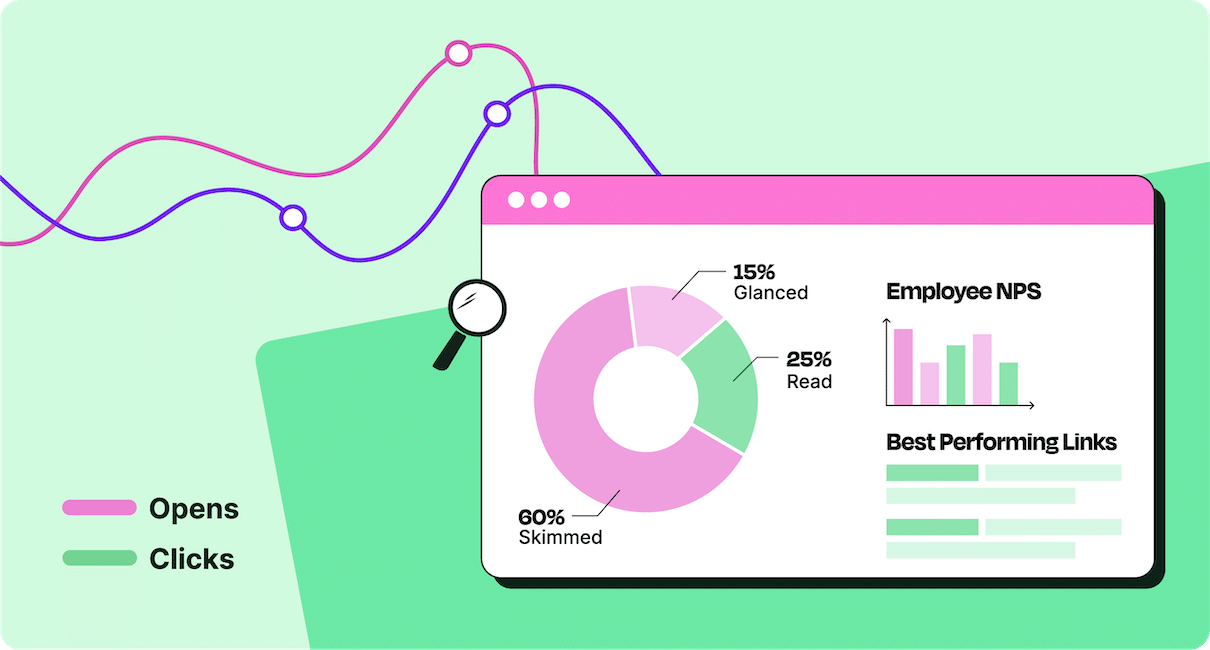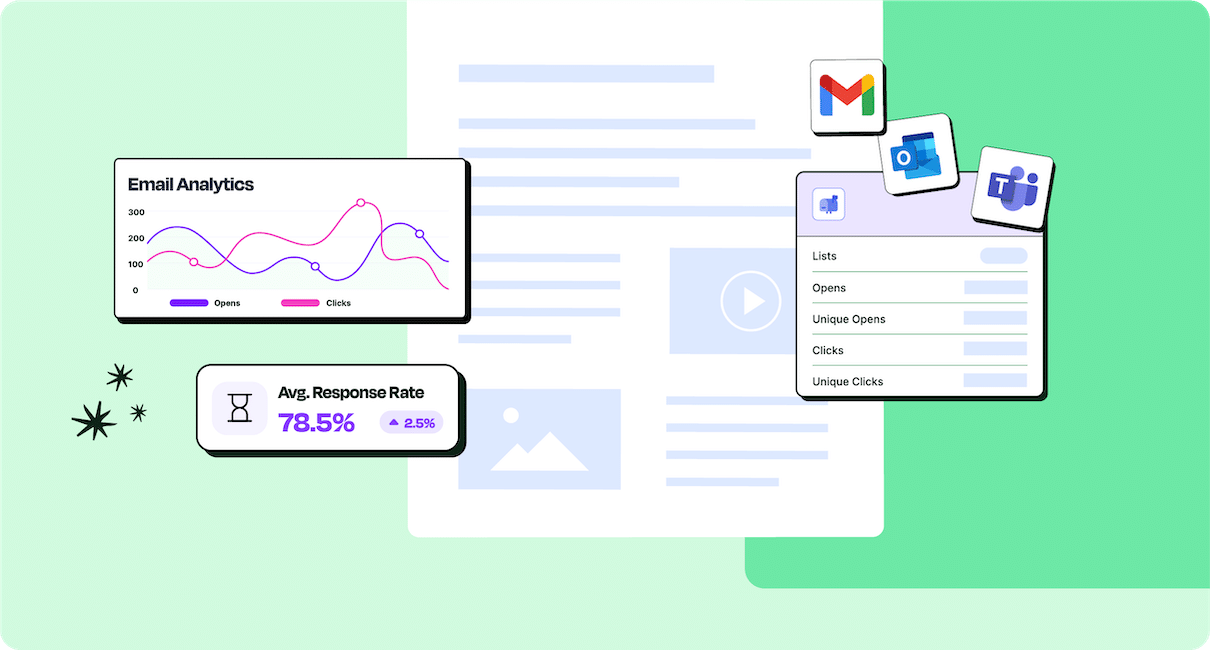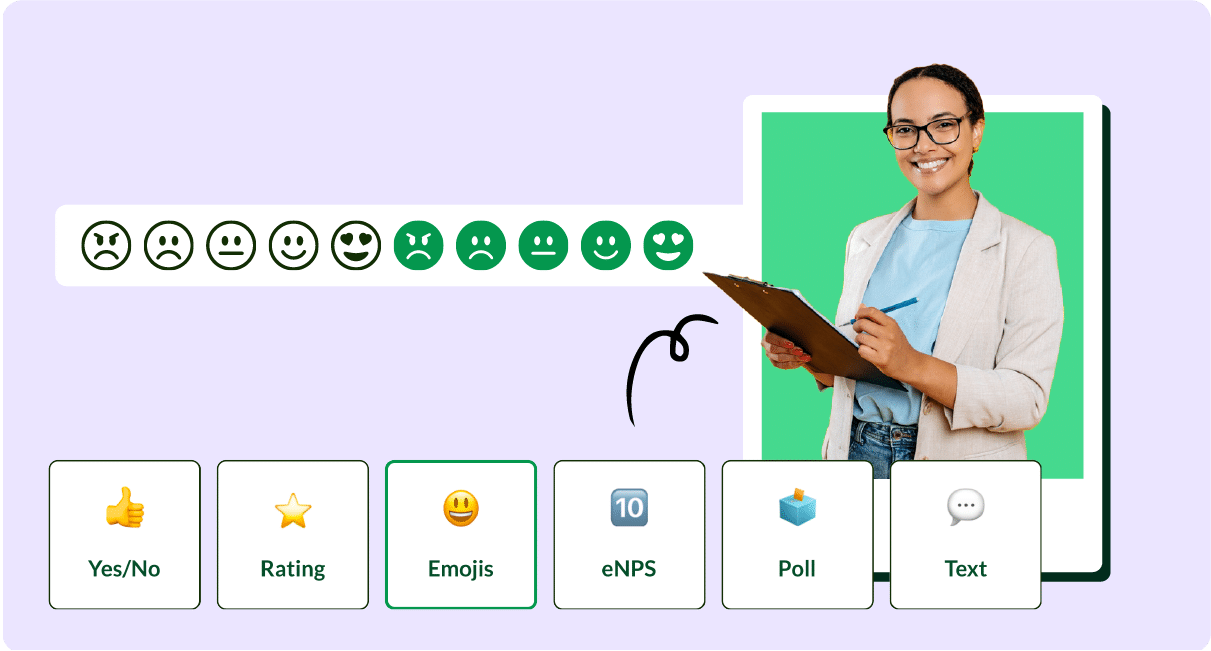Employee Engagement
Boosting employee engagement is all about creating a motivating environment where your team feels connected and valued. In this section, you’ll discover tips to engage your team at every level, such as:
- Engaging content ideas that keep your team informed and inspired to do great work
- Employee engagement surveys to spark meaningful conversations and drive participation
- Feedback loops to continuously improve with tools that measure employee engagement and help boost retention and satisfaction
- Employee engagement software options and ways to streamline communication and improve participation
- Inclusive, remote employee engagement best practices to unite all team members, no matter where they are
Browse our resources to build effective employee engagement strategies, measure outcomes, and create a feedback loop that continuously improves employee experiences.
Book a 15 minute call
See how ContactMonkey can boost engagement from Outlook or Gmail.





